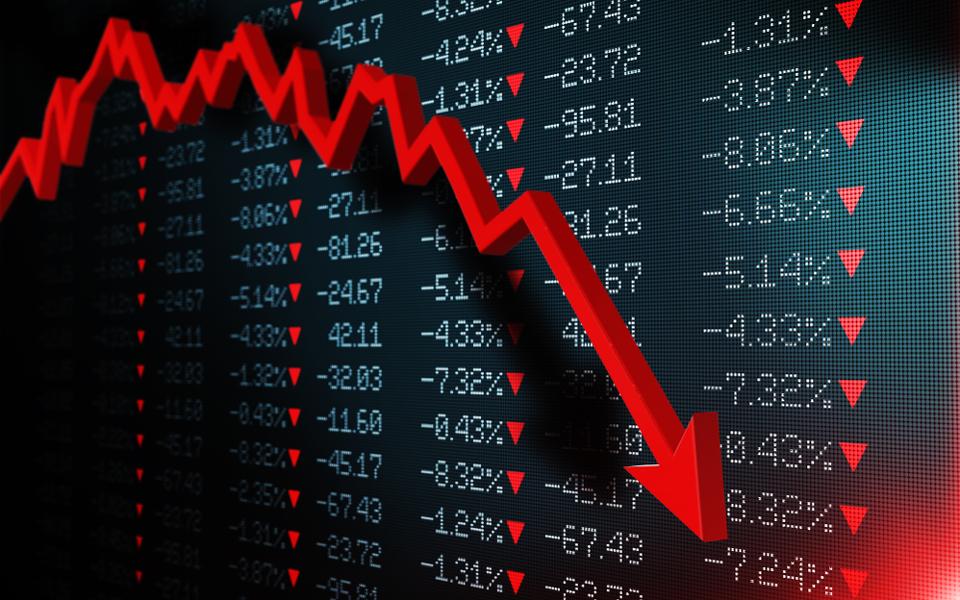Biranchi Narayan Nanda
India’s second quarter (July–September) GDP figure for 2019-20 is the lowest among figures of the previous seven quarters. GDP growth in this quarter was 4.5 per cent, down from 5 per cent in the first quarter (April–June 19). Compared with the corresponding figure from a year earlier (7.1 per cent), this was a sharp fall of 2.6 percentage points. GDP growth rate at 4.5 per cent is the slowest India has seen in more than six years; the previous slowest was 4.3 per cent in January-March (fourth quarter) of 2012-13. The monthly output growth for October 2019 revealed that eight core industries witnessed a contraction in output by 5.8 per cent. Fact is, other important drivers of economic growth, such as private consumption, private investment and exports have all registered consistent decline over the last two to three years. With these dismal statistics, India has just lost the coveted position of being the fastest growing major economy in the world.
There are some significant markers of the present economic downturn, which economists by and large have missed; they were unable to arrive at a consensus on the ills of the present economic malaise. At the beginning of the slowdown, most economists believed that it was temporary. In newspaper articles, economists continued to debate and predict when, or specifically in which quarter, the economy will see a turnaround and show signs of revival to crawl back to sustained growth path of 7–8 per cent per annum.
Economists have been cautious against terming this slowdown a ‘recession’, which would mean a bleak prospect for the economy in the medium term. This is because recession has a much longer shelf life than a temporary downturn. It also becomes much harder for policy gurus to revive the economy from a recessionary phase. When low GDP figures started trickling down quarter after quarter, economists by and large diagnosed the cause of the temporary fluctuating nature of the GDP growth to the adverse international headwinds propelled by global slowdown, temporary adverse and lingering effects of demonetisation and hasty launch of GST.
These reasons of slowdown essentially pointed towards supply side constraints. Most economists predicted that the economy will rebound to sustained growth over a few quarters. Even the RBI Governor recently went on record to proclaim that the Indian economy will look up in a few quarters. All such predictions, however, have proved to be wide off the mark.
Economists by and large felt that fundamentals of the Indian economy remain strong. And, therefore, taking care of a few aberrations and problem areas will do the remedial trick. While there is no benchmark for how long it will take to revive an economy from downturn, it is the resilience of the economy that determines the time required for any specific economy to bounce back to its previous high growth path. Government economists and policymakers are by and large convinced that the remedial interventions being taken by the government are adequate to bring the economy back from further slide to pre-recessionary steady state growth path of 7–8 per cent GDP growth.
What are the policy prescriptions dispensed by these economists? There is a long list. Some have been implemented, some are in the pipeline and some others are still on the drawing board. One of the first recommendations emanates from the view that private investments, which propel growth, have slowed. So the prescription for policy interventions has been to liberate the animal spirit of private enterprise, bringing about turnaround in investment. And what is better than to tap into profit motive to drive private investment. In accordance with this fundamental economic principle, economic policy makers convinced the government to bring down the traditionally high rate of profit tax in India.
For the first time in the history of corporate India’s story, profit tax was brought down by ten percentage points in one stroke, from 32 per cent to 22 per cent, giving tax relief of `1 lakh crore to the corporate sector in India. Corporate tax relief, however, was announced following the effort to solve the twin balance sheet problems, which had given rise to NPAs in public sector banks, proved to be a time-consuming manoeuvre. While bank recapitalisation and cleaning up of the balance sheet was an ongoing process, the NPA problem gave rise to cautious lending and a consequent credit squeeze. Credit disbursal to corporate sector fell drastically.
Collapse of NBFCs such as shadow lender IL&FS and troubled mortgage lender DHFL, and some cooperative banks, further choked credit flow to the corporate sector. Private investment expenditure got squeezed even further. It was against this backdrop that the government announced the corporate tax bonanza.
While it takes time for this intervention to work out and show results by propelling investment, there are a few economists who have argued that the remedial interventions have been misplaced. Since these measures essentially try to fix the problem from the supply side. They argue that the Indian economy is not witnessing a downturn of temporary nature but a deepening economic recession. They reason that lack of private investment and economic slowdown were never high profit tax of India to begin with.
Economists usually tend to disagree with one another. But some famous ones are now tending to agree and converge on a consensus view that the causes of the present slowdown are that the economy is struggling through a classic case of Keynesian lack of effective demand. Therefore, there was a need to further analyse it as to whether slowdown is cyclical, structural or a bit of both. Prescription for revival, therefore, is bound to be different depending on causes and characteristics of the economic recession.
–The writer currently works as Principal Labour and Employment Adviser and Secretary to Government of India. Views are his own.
